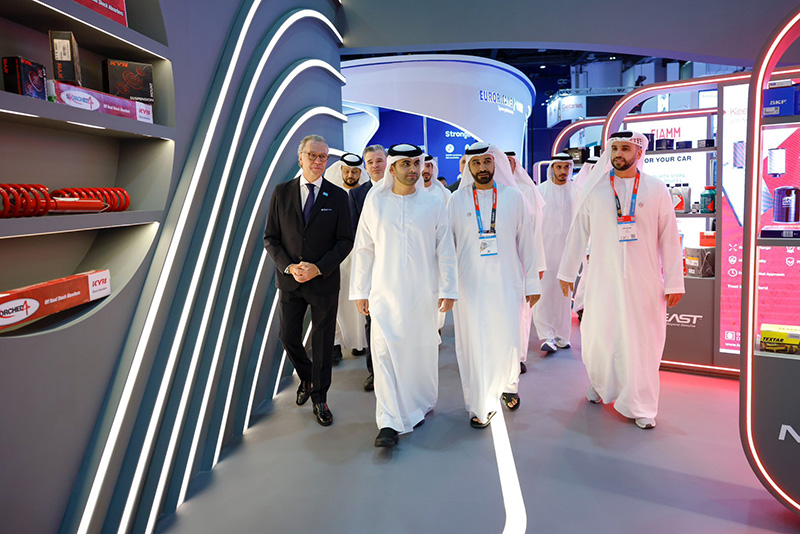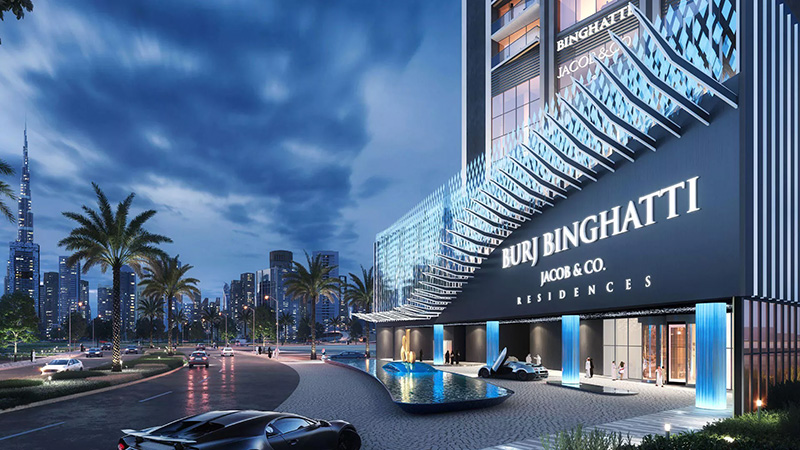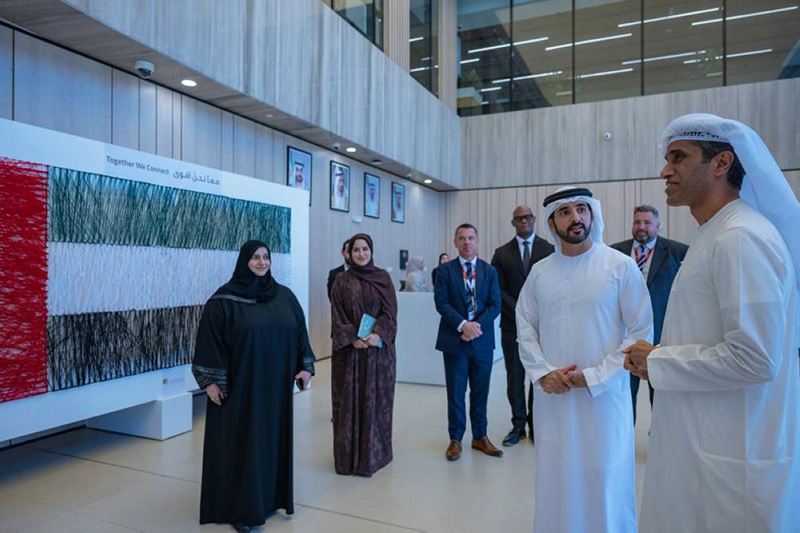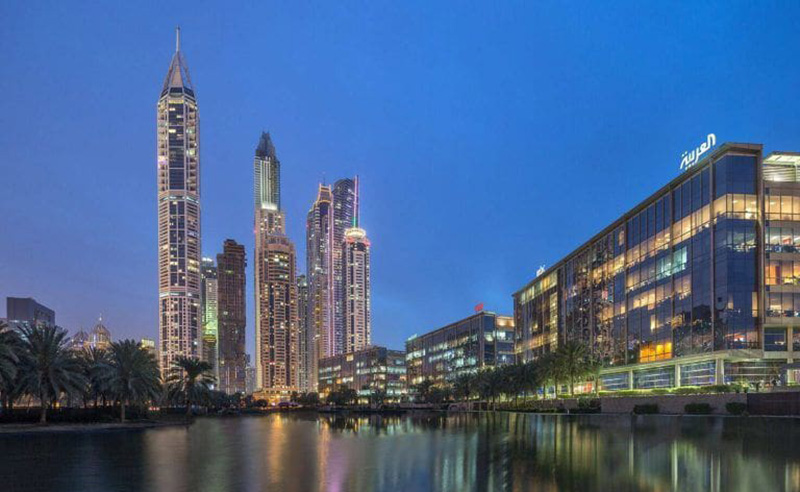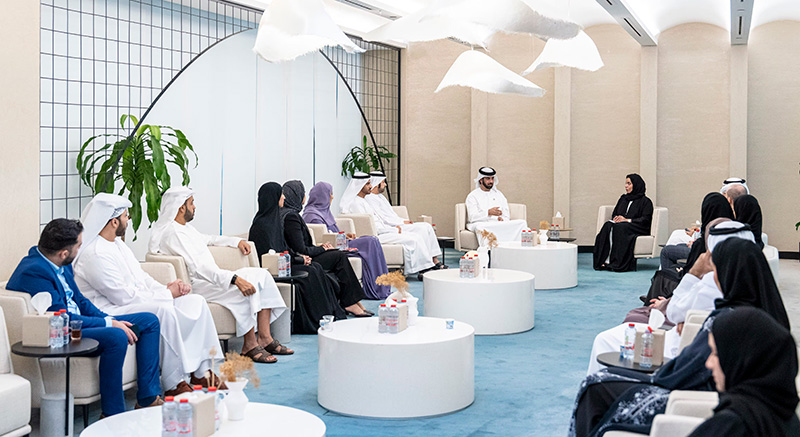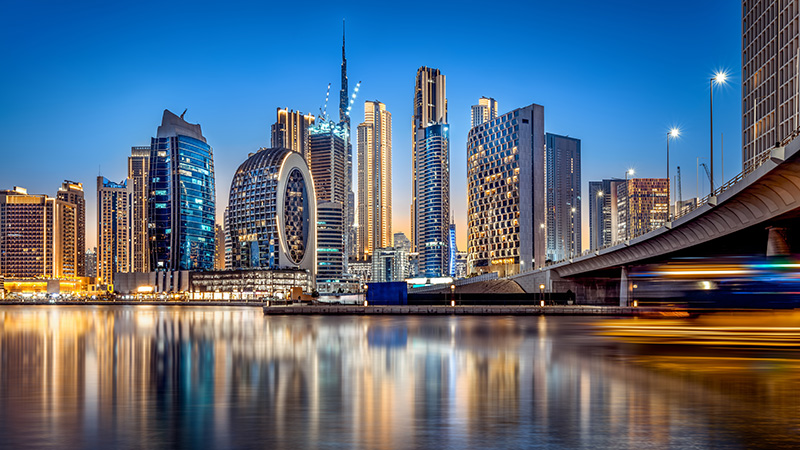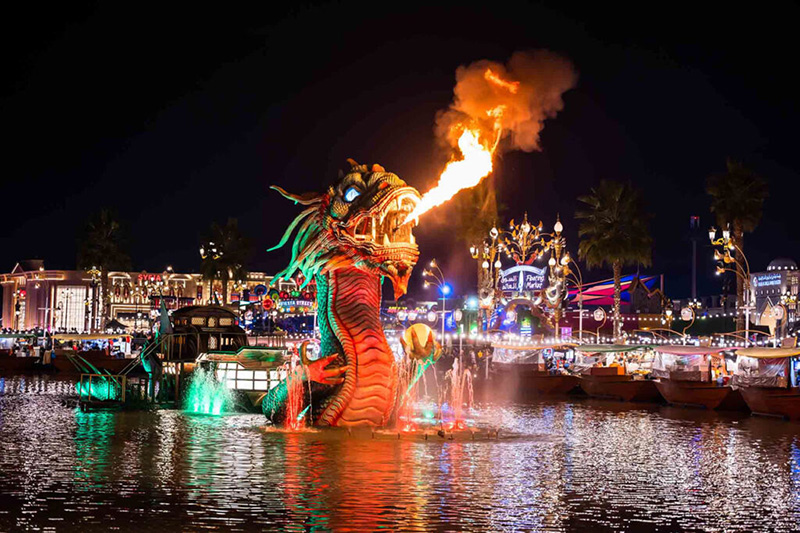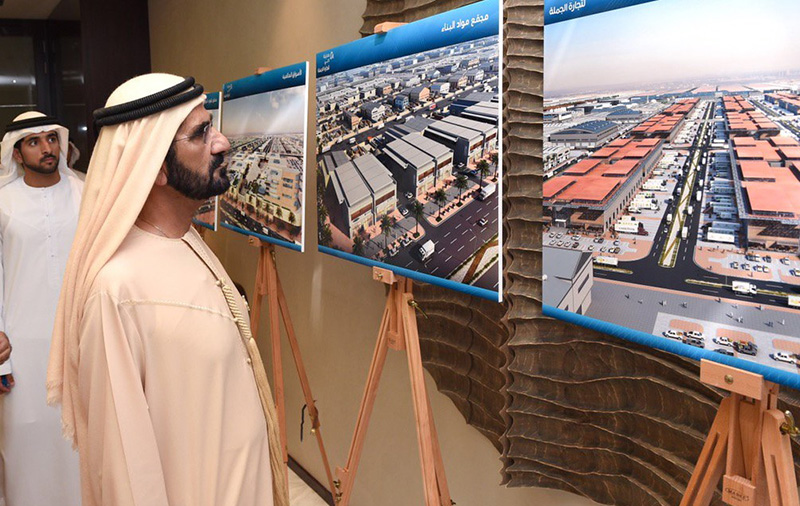
In every era, cities rise not only by what they build, but by what they imagine. The most enduring economies are those that transition from extracting resources to generating ideas, from producing goods to producing meaning. In the 21st century, the measure of a city’s future is no longer its industrial output, but its ability to cultivate culture, creativity, and intellectual capital. This shift, from economies of scale to economies of expression, has turned creative industries into strategic assets. Design is no longer a peripheral aesthetic pursuit; it is now infrastructure. It shapes how societies function, how identities are articulated, and how economies grow. Against this backdrop, Dubai’s creation of the Dubai Design District (d3) was not merely a branding exercise or a real estate venture, but a calculated economic move. It was a recognition that in the age of knowledge, cities that do not produce culture will be relegated to consuming it. D3 thus emerged as a civic and economic instrument, a space engineered not only for commerce, but for cultivating the intangible: creativity, talent, and design-led growth.
The Genesis of a Design Hub
Dubai Design District was born out of an explicit strategy to diversify Dubai’s economy beyond its traditional sectors. In June 2013, His Highness Sheikh Mohammed bin Rashid Al Maktoum, Ruler of Dubai, announced plans for a dedicated zone to nurture design and innovation, a place that would attract designers, artists and creative companies from around the world. The task of bringing this vision to life fell to TECOM Group, the development arm behind Dubai’s business districts, under the umbrella of Dubai Holding. They earmarked 20 million square feet of land for the project, starting with a first phase of 1.2 million sq ft. Around 4 billion UAE dirhams (approximately $1.1 billion) were invested to build the initial infrastructure. In just 18 months, ten sleek, modern buildings rose on the edge of Dubai’s urban core, offering state-of-the-art studios, offices and workshops. This was no ordinary real estate project, it was conceived as an open laboratory of ideas and a free-zone business community tailored to creatives, with the infrastructure and regulatory freedom to compete with design capitals like London and Milan. By 2015, Dubai Design District, often simply called d3, opened its doors and immediately became a focal point of the city’s drive to build a knowledge economy.
From the start, d3 was part of a broader blueprint to transform Dubai’s economic landscape. Just as Dubai had launched specialized districts for technology (Internet City) and media (Media City) in the early 2000s, this new design district would complement those hubs. A Dubai Design and Fashion Council was set up in late 2013 to guide industry development and support local talent, underscoring the government’s seriousness about making design a pillar of growth. “Dubai Holding operates within a vision aligned to our broader national agenda.” said His Excellency Mohammed Al Gergawi, then Chairman of Dubai Holding, at the launch of d3. “Our investments are guided by the general direction of our national economy, shifting towards a knowledge economy, focusing on technology sectors, investing in content creation, and creating clusters for creativity and innovation in advanced industries.” This alignment of the design district with national strategy sent a clear signal: in Dubai, creative industries were no longer a sideline, but central to the city’s future.
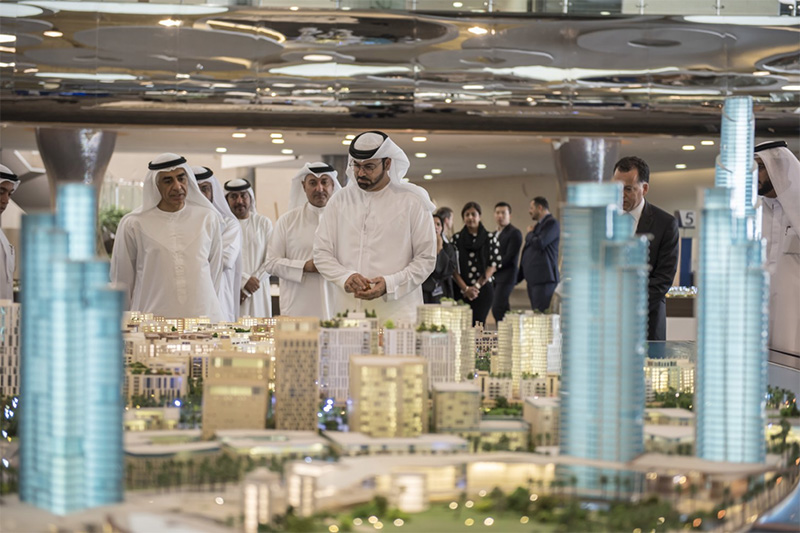
From Vision to Reality
In the spring of 2015, d3’s first phase formally opened amid considerable media attention. Eleven buildings formed the core of the district, their architecture ultramodern with geometric façades and minimalist glass designs that mirrored the district’s ethos of innovation. Within these buildings were flexible co-working lofts, design studios, galleries and boutique showrooms. There were also classrooms and workshops, reflecting another of d3’s goals: bridging the gap between academia and industry. Internationally respected design institutes began offering courses in the district, and soon a new homegrown university, the Dubai Institute of Design and Innovation, was established in partnership with MIT and Parsons to train the next generation of designers. The message was clear: d3 was more than a commercial zone; it was an integrated campus and community for creative minds.
As the district took shape, Dubai’s leadership saw it as a turning point for the emirate’s nascent creative sector. In a visit to d3 in 2017, Sheikh Mohammed bin Rashid Al Maktoum affirmed the UAE’s ambitions in this arena. “Our nation enjoys a distinguished position as a global platform for a knowledge-based economy, in which we have achieved many accomplishments we are proud of,” he said while touring the district’s studios. “Our goal is to establish an advanced position for our country in the design sector internationally, so that the UAE remains the preferred destination for global companies, and the incubator from which creators and new design companies launch to the world.” This vision was already unfolding on the ground. In the same year, d3 opened in5 Design, a dedicated business incubator to support start-ups in design, fashion and innovative tech. The in5 hub has since mentored and housed over 120 start-ups, many founded by young entrepreneurs from the Middle East and beyond, turning ideas into viable companies.
The late 2010s saw d3 shift into high gear. The district launched Dubai Design Week in 2015, an annual festival of design and fashion that swiftly drew hundreds of exhibitors and thousands of visitors from around the globe. By 2017, Dubai’s growing reputation in design earned it a notable distinction: UNESCO selected Dubai as the first Middle Eastern city to join its Creative Cities Network in the field of design, an international vote of confidence fueled largely by the accomplishments of d3 and its vibrant design scene. The district also became home to Downtown Design, a major international design fair, and it wasn’t just about interiors and product design. As Dubai’s profile in fashion grew, d3 partnered with the Arab Fashion Council to launch Dubai Fashion Week in 2023 as an official biannual showcase, immediately putting the city on the global fashion calendar alongside Paris and Milan. Crucially, these events took place right on d3’s pedestrian plazas and venues, signaling that the district had become the beating heart of the region’s creative life.
Even the public spaces evolved with the community’s needs. Take The Block, a waterfront park and recreation space opened within d3, offering outdoor galleries, sports courts and open-air lounges for the district’s denizens to unwind and cross-pollinate ideas. By melding work and leisure, d3 crafted an urban environment geared to the creative class’s lifestyle. And as demand for space grew, the developers planned for expansion. In 2024, with the district nearing full capacity, TECOM Group announced a major Phase 2 expansion: six new Grade-A office buildings adding over 500,000 sq ft of space, at a cost of about AED 825 million (US$225 million). Slated for completion by 2028, the expansion comes with a sustainability-first approach, all new buildings will meet global green building standards (LEED-certified), and will introduce more communal amenities, from sports facilities to public event plazas and a pedestrian promenade linking d3 to nearby residential areas. In effect, Dubai is doubling down on d3 for its second decade, confident that the creative economy will play an ever larger role in the city’s development.
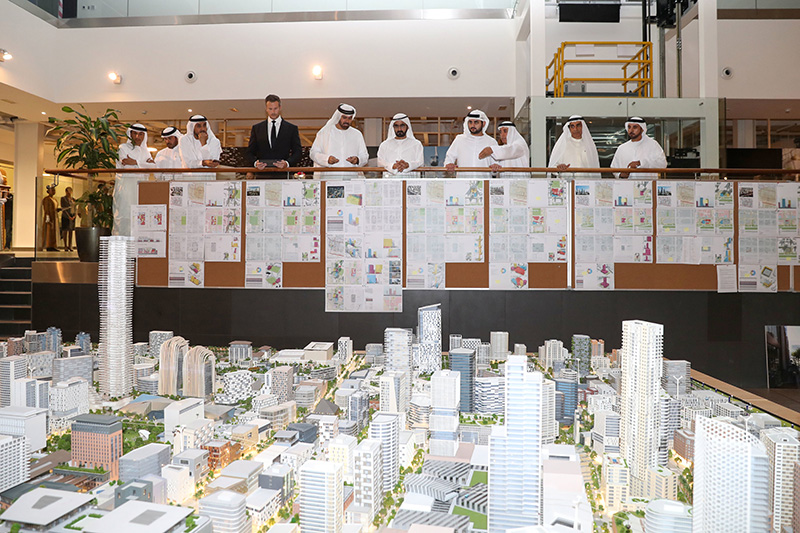
A Community of Creativity
Nearly ten years on from its inception, Dubai Design District has matured into a thriving mini-city that lives and breathes creative enterprise. On any given morning, over 1,100 companies bustle within d3, from global luxury fashion houses that base their Middle East operations in Dubai, to local upstart labels and design consultancies launched by Emirati or regional talent. Together they employ more than 20,000 designers, artists, tech professionals and support staff, a cosmopolitan mix drawn from across the Middle East and the world. Haute couture designers ride the elevators alongside interior architects, graphic artists, and filmmakers, reflecting the eclectic breadth of today’s creative industries.
The physical landscape of d3 reinforces its ethos. The district’s architecture is sharp and stylish, yet consciously human-scaled. Mid-rise buildings with inventive facades line walkable lanes that have been carefully shaded from the Gulf sun. In the courtyards and squares stand contemporary art sculptures, bold installations that lend the space the feel of an outdoor museum. Within these few blocks, creativity is not confined to studios; it spills into the streets. Three academic institutions now call d3 home, including a dedicated design university and vocational training centers offering courses in fashion design, animation, and brand management. This educational presence means students are constantly mingling with working professionals. It’s not uncommon to see design students mounting a graduation exhibition in one of d3’s open plazas, drawing critiques and encouragement from passersby who might include veteran architects or visiting creative directors. The proximity of learning and industry gives the district a self-sustaining talent pipeline, one that keeps ideas flowing freely between fresh graduates and established firms.
The district’s shared facilities further knit the community together. Co-working spaces provide affordable desks to freelancers and start-ups, ensuring that even those at the earliest stages can plug into the network. Communal workshops and prototyping labs equipped with 3D printers and advanced fabrication tools are available to any designer or entrepreneur eager to turn a concept into a physical prototype. On the cultural side, d3 hosts a rotating array of art galleries and pop-up exhibits, one week a showcase of Middle Eastern graphic designers, the next an international multimedia art installation. For Dubai’s increasingly art-conscious public, the district has become a destination in itself, whether to attend a hands-on workshop on Arabic typography or to catch an independent film screening under the stars during a creative festival.
Commerce and lifestyle intertwine seamlessly in d3. The district boasts over 50 retail boutiques featuring creative brands,from bespoke fashion ateliers to modern furniture and home accessory showrooms. Notably, many of these shops are run by young Emirati and Arab designers who have been able to take their concepts directly to consumers thanks to the support and space the district provides. Scattered among these boutiques are design-centric cafés and restaurants that have become social hubs for Dubai’s creatives. On a typical afternoon, one might find a cluster of designers sketching ideas over coffee in a chic courtyard café, or spot an impromptu meeting between a start-up founder and an investor in a gallery’s quiet corner. These everyday interactions have fostered a tight-knit community of innovators who know and inspire one another. The atmosphere encourages spontaneity and collaboration, underscoring the notion that in d3, innovation isn’t a scheduled activity, it’s a way of life.
Economic Engine and Cultural Catalyst
Dubai Design District’s true contribution extends beyond its skyline or startup count. As a cornerstone of the emirate’s Creative Economy Strategy, d3 plays a vital role in diversifying the city’s economic base. The district has catalyzed the growth of high-skilled jobs across design, media, and tech, reinforcing Dubai’s ambition to double the creative sector’s share of GDP by 2030. For many entrepreneurs, d3’s combination of regulatory flexibility and advanced infrastructure has made it a compelling alternative to older creative hubs.
But d3’s impact is not only economic. It has helped recast Dubai’s image, from a city of commerce to a cultural capital. Since its 2017 recognition by UNESCO as a Creative City of Design, the district has become a symbol of modern Emirati identity, fusing heritage with innovation. Initiatives like the Emirati Design Collections, which reinterpret traditional crafts through contemporary lenses, underscore this shift.
The district’s dynamic event calendar, from Dubai Design Week to fashion fairs and gallery showcases, has positioned it as a nexus for global exchange. Inside its spaces, designers from dozens of nationalities collaborate, debate, and prototype the future. This convergence has also created a deeper civic dividend: d3 now functions as a kind of urban think tank. Designers contribute ideas to public space planning, sustainability, and accessibility, ensuring human-centered perspectives influence policy.
Academically, d3 operates as an informal campus where mentorship and knowledge-sharing are embedded in daily life. Public lectures, exhibitions, and training programs connect emerging talent with industry veterans. The launch of the Dubai Design District Award in 2025 further institutionalized this ethos, spotlighting young creators using design thinking to tackle pressing challenges, from inclusive tech to urban agriculture. Such initiatives reflect d3’s wider purpose: cultivating a generation that sees creativity not as a luxury, but as essential infrastructure for the future.
Part of a Bigger Vision
Dubai Design District is not an isolated experiment but a pillar in a broader strategy led by Dubai Holding to build a knowledge-driven city. Managed by TECOM Group, which also oversees hubs like Internet City and Media City, d3 reflects the emirate’s Smart City vision: integrating technology, talent, and creativity into urban development. The model has even been exported abroad, with Smart City projects launched in Malta and Kochi, India.
The district emerged during a period of exceptional growth for Dubai Holding. In 2013, as d3 broke ground, then-Chairman Mohammed Al Gergawi described the group’s trajectory as proof that long-term investment in strategic sectors, including the creative economy — would yield both financial and reputational dividends. A decade later, d3 stands as evidence that this wager paid off.
Unlike design quarters in cities like London or New York, which evolved organically, d3 was conceived through deliberate policy and built at speed. The result is a hybrid model: combining top-down infrastructure with bottom-up creative energy. In ten years, Dubai has achieved what took other cities generations, global recognition as a hub for design and innovation.
Today, d3 is the Gulf’s largest creative industries district and a vital component of Dubai’s D33 economic agenda to double the city’s economy by 2033. Its mission extends beyond commercial real estate: to attract global talent, anchor investment in the cultural sector, and embed creativity into the fabric of the city’s future economy.
Designing the Future
What has emerged in Dubai Design District in just a few years is a living organism, a community and economy that continually iterates on itself. A bold idea in 2013 has grown into a place pulsating with energy and influence. The district’s swift rise from a plan on paper to a lively hub underscores a truth that Dubai’s leadership often reiterates: investing in creativity is essentially investing in the future. D3’s journey so far has been fueled by an unusual fusion of elements: the vision of leaders who championed innovation, the confidence of investors who funded an unorthodox idea, and the passion of creators who flocked to an unlikely city to make it their muse. The payoff is a new global destination for design, one that is helping to shape the future contours of Dubai’s economy and culture.
As Dubai Design District prepares for its next chapter, with cranes on the horizon building its expansion and new talent streaming in, its core mission remains unchanged. The district is, at heart, an ever-evolving narrative about how a city can reinvent itself through design. It is a testament to how urban environments can be purpose-built to spark innovation, and how a society can be encouraged to dream bigger when given the right platform. A decade ago, few would have imagined that Dubai, better known for commerce and construction, would become an oasis for creatives. Yet d3 has shown that when a city reimagines itself and empowers its artists, designers, and innovators, it can transform not only its skyline, but its very identity. In doing so, Dubai’s design district has earned a place in the annals of global cities as a compelling case study, one where the audacity to invest in creative minds today is crafting the prosperity and humanity of tomorrow.
